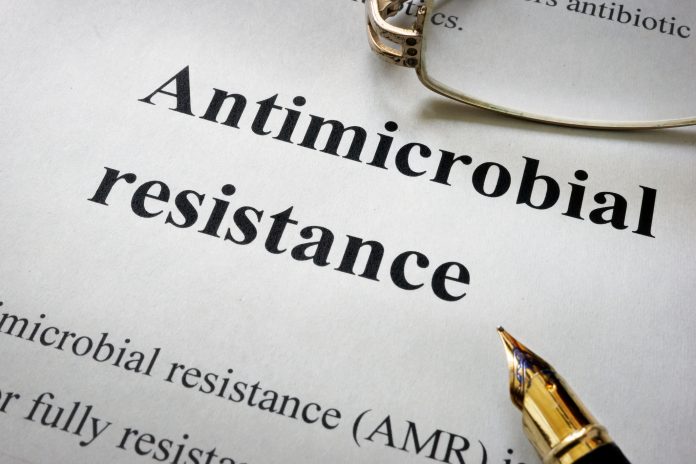
A team of scientists at UC Santa Barbara says they have developed a new class of antibiotics that cured mice infected with bacteria classified as virtually untreatable and did so without detectable resistance to the treatment. The discovery paves the way to begin addressing the growing challenge of antimicrobial resistance (AMR), a growing public health threat that disproportionately affects the health of people in low- and middle-income countries.
The study, published Wednesday in the journal eBioMedicine, says that the drug compound, COE2-2hexyl, works via the simultaneous disruption of many bacterial functions. This explained why it killed every pathogen it was tested on and the low levels of bacterial resistance was observed even after prolonged exposure.
“The key finding was that bacterial resistance to the drug was virtually undetectable,” said Douglas Heithoff, senior scientist at Institute for Collaborative Biotechnologies, UC Santa Barbara and the study’s lead author. “Most drugs fail at this stage of development and never get to clinical practice.”
The discovery of the compound came from an unlikely, and unrelated project—a U.S. Army-funded project led by Guillermo Bazan of UC Santa Barbara to develop new methods to charge cell phones while in the field. Bazan’s group designed compounds that harnessed bacterial energy to create a “microbial” battery. After development, the team realized that perhaps the compounds they created could be tested as potential antibiotics.
The new antibiotic has a unique mechanism of action. Unlike other drugs used to treatment bacterial infection that target specific germ functions, COE2-2hexyl targets many functions simultaneously. “The drug appears to affect the bacterial membrane which, in turn, disrupts multiple bacterial functions,” noted David Low, the co-project lead and professor of molecular, cellular, and developmental biology at UC Santa Barbara. “This may account for the broad-spectrum antibacterial activity and low level of bacterial resistance.”
Some of the membrane-associated functions the new antibiotic affected included septation, motility, ATP synthesis, respiration, and membrane permeability to small molecules, which negated bacterial cell viability and the evolution of drug resistance. “Disruption of these bacterial properties may occur through alteration of critical protein–protein or protein-lipid membrane interfaces—a mechanism of action distinct from many membrane disrupting antimicrobials or detergents that destabilize membranes to induce bacterial cell lysis,” the researchers wrote. “Disruption of these bacterial properties may occur through alteration of critical protein–protein or protein-lipid membrane interfaces—a mechanism of action distinct from many membrane disrupting antimicrobials or detergents that destabilize membranes to induce bacterial cell lysis.”
To settle on the tested compound, the team synthesized fifteen chemical variants of conjugated oligoelectrolytes (COEs). COE2-2hexyl was identified as the most promising as it exhibited broad-spectrum antibacterial activity.
Two aspects that make the compound so promising as an antimicrobial are that it bacteria don’t appear to become resistant to treatment, and its ease of synthesis.
“The ease of molecular design, synthesis and modular nature of COEs offer many advantages over conventional antimicrobials, making synthesis simple, scalable and affordable,” the research team concluded. “These COE features enable the construction of a spectrum of compounds with the potential for development as a new versatile therapy for an imminent global health crisis.”













